|
The backscene for Penzance is now done. The basic hills were generated by an AI tool called Canvas, the overall town is a combination of snapshots from several drone videos, small scenes with roads are from a combination of Google Earth, Paint and a little program of my own that places rows of houses with scaling and perspective. All of that was followed with a lot of editing in Paint and GIMP to tidy everything up.
Work on the Penzance backscene has now begun. My techniques are becoming more sophisticated with each of the layouts, starting with Peco and Townscene products on the early N gauge examples, then a commercial photo backscene for Sarum Bridge, then heavily edited photos from the web, Google Earth and 3rd party drone videos for the previous linear motor layouts. Penzance is particularly challenging due to the urban setting and time period.
The basic terrain image is generated by an AI tool called NVidia Canvas, which makes it easy to paint hills and other natural features and generate photographic-quality output. It is an incomplete Beta test product, so cannot do human features such as roads and buildings, is limited in the output image size (4096 pixels, about 2 feet at 150 DPI), and can take a lot of coaxing to get a satisfactory result. However, with a bit of effort, it can achieve results that would otherwise be beyond my skills. I intend to cut and paste buildings from other images to populate the scene, draw or paste on roads, and 3D print some low relief smaller scale buildings for a forced perspective effect. We will have to see how it turns out, and I may yet end up scrapping it and trying something else. All the buildings for Penzance are now finished, except for some final cleanup and detailing which will be done at a later stage. As usual, the closeup pictures in this scale are cruel.
Now that Malmsbury is done, it is time to pick up from where I left off on Penzance. So, time for a bit of thinking and taking stock...
As an afterthought, I put together a montage of pictures taken during the design and construction of the layout. They tell the story of how a layout like this comes into being.
Malmsbury is now complete and ready for its first exhibition.
This is a quick little side project for a friend - a simple 1/6th scale miniature railway for a OO Gauge layout. It uses one of the old TeenyTrains oval tracks with my controller and (slightly modified) 1:480 scale models. The controller provides some basic three-times-round-and-stop-at-the-station automation.
Construction of the trains needed for the layout is well under way. All the locos and passenger stock are done, with the goods wagons coming soon. The hidden tracks can store about 10 feet worth of trains nose-to-tail, so that is enough for a decent variety. All are 3D printed, with a combination of paper sides and hand painting for the detail work.
This is just a quick test of a new camera and a well known train running through the station. The train is unfinished and needs a bit of rework, and it never ran on this line, but so what!
|
Overview
British and Australian model railway layouts in T, N and OO. My Layouts
Friends' Layouts
Main Articles
Categories
All
Archives
April 2024
AuthorMartin Kaselis |
- Home
- My Linear Motor Layouts
- My Conventional Layouts
- Other Layouts
- T Gauge
-
Electronic Tips
- Blue Pill - Bare Metal C Programming
- Working Roads
- Hybrid DC - DCC Controller
- Using LEDs
- Connectors
- Controlling the Fleischmann Turntable
- Constant Brightness Tail Lamps (OO scale)
- Point Motors and Relays
- Point Motors and Toggle Switches
- Dapol Signals
- Colour Light Signals and Automation
- Synchronized Fast Clocks
- Wire Sizes and Voltage Drop
- DC Controllers
- Controller Types
- Feedback Controllers
- Working Level Crossing
- General Tips
- 3D Printing
- Contact
- Links


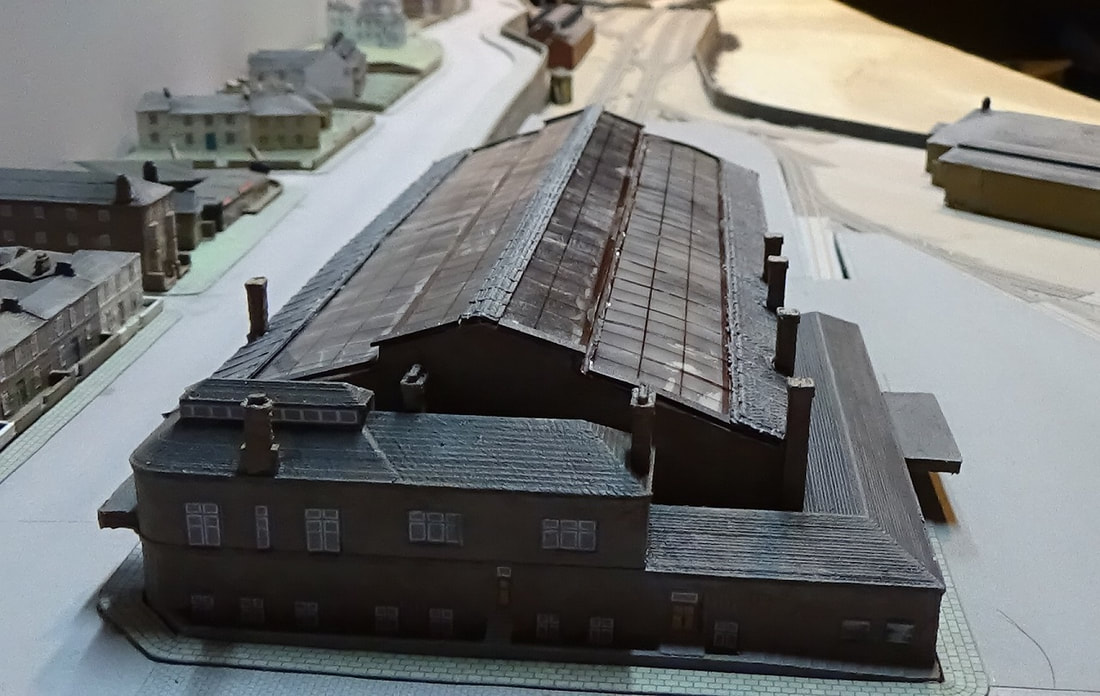
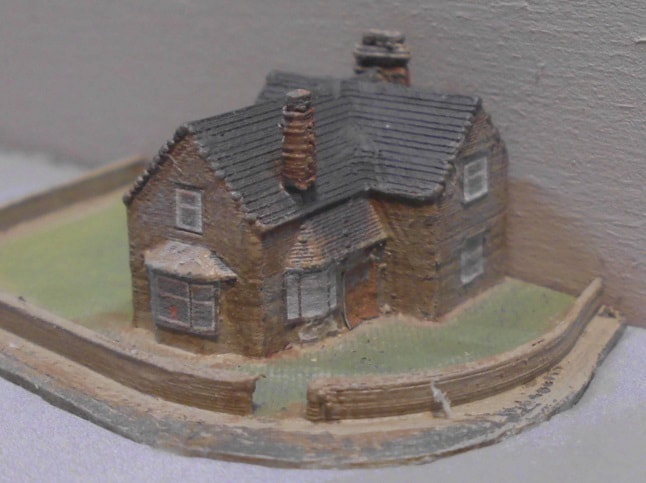
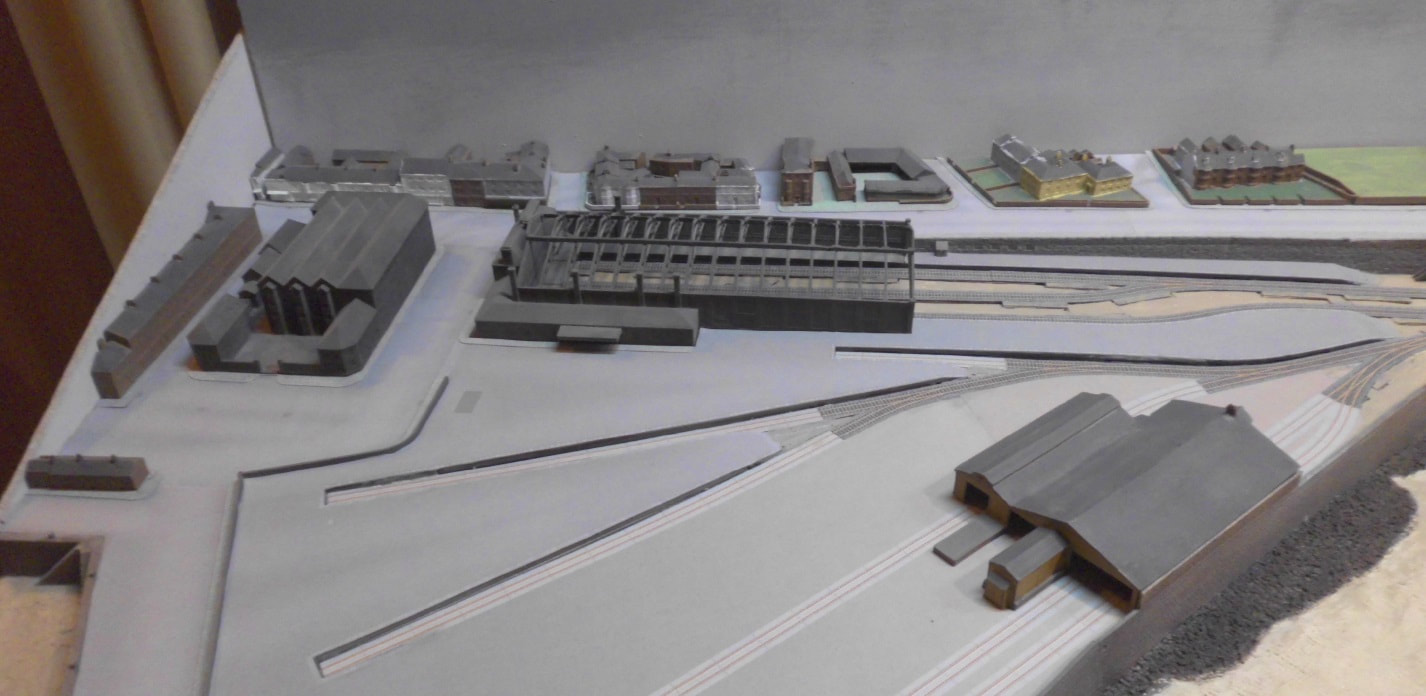
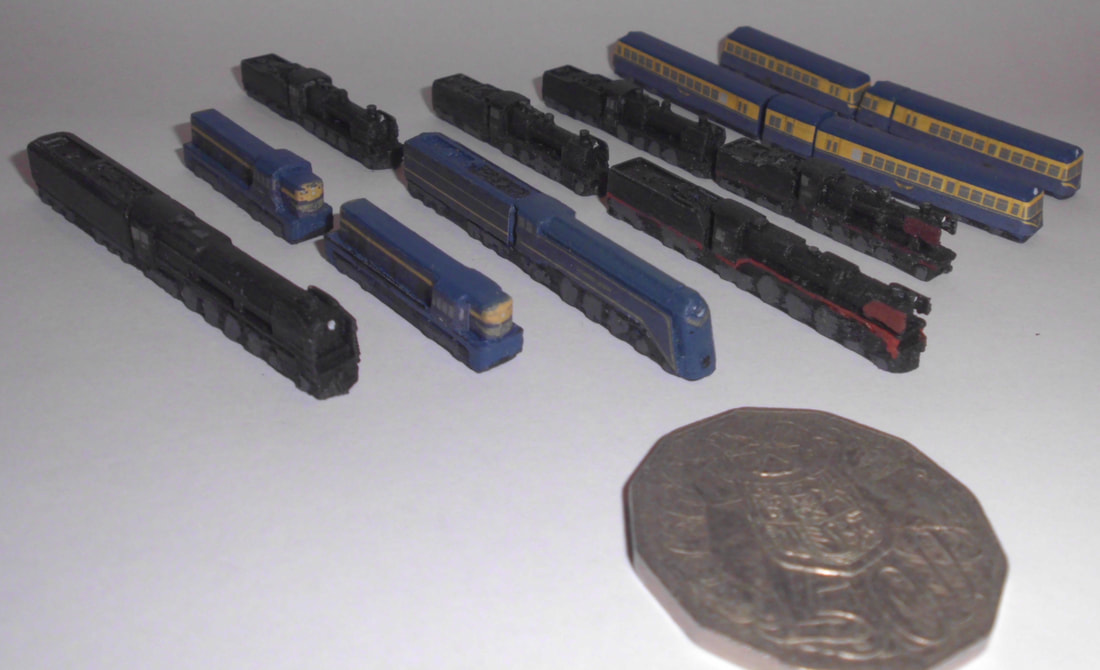
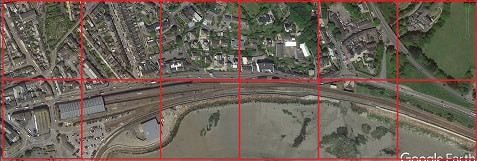
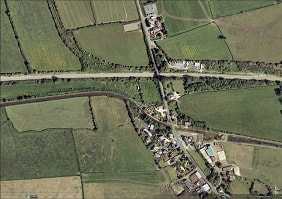
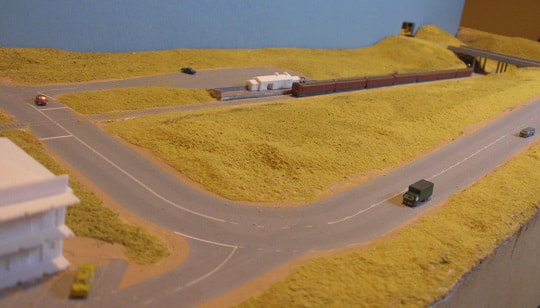

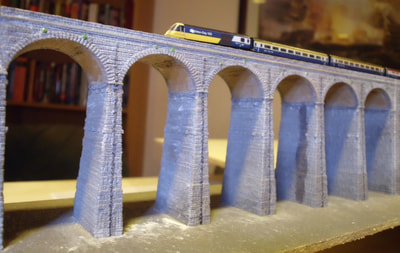
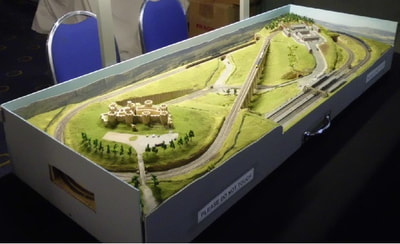
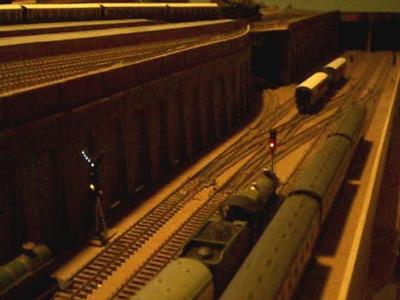
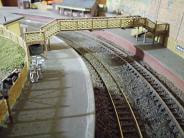
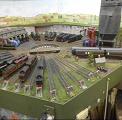
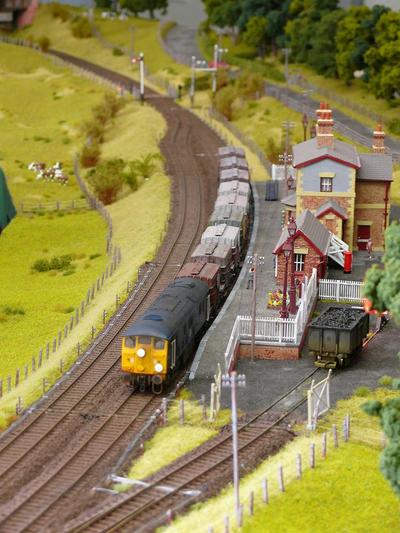
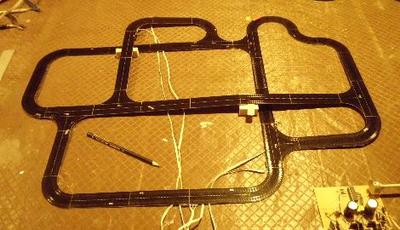
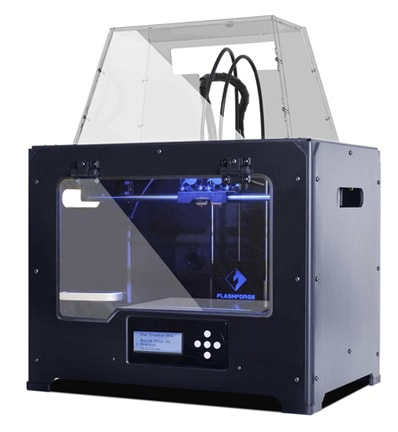
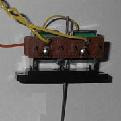
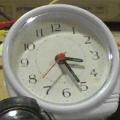
 RSS Feed
RSS Feed
